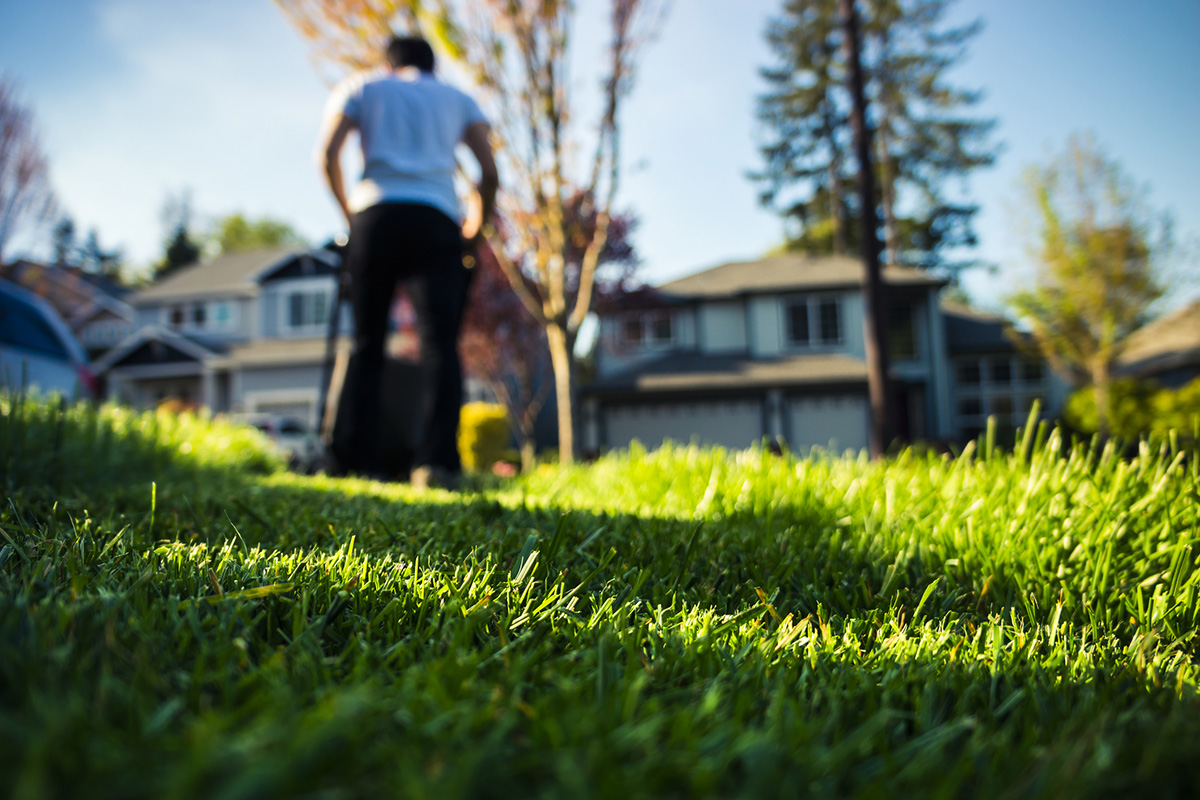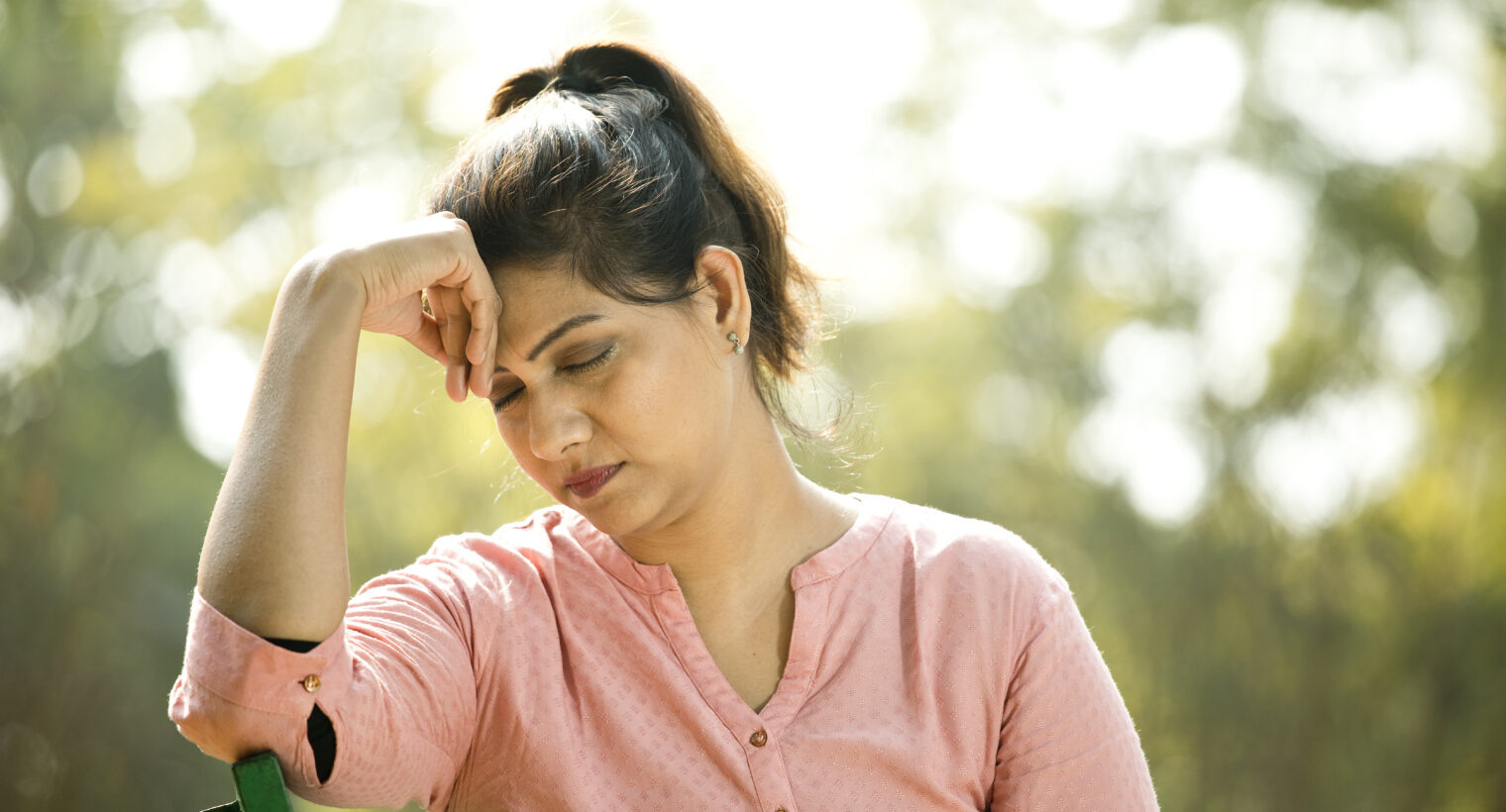By Sally Cunningham
_________________________________
Some wonderful things have happened in our gardens and yards this past spring.
BUT… not everything is quite the way we imagined. Our flower beds, container plants, and even some shrubs and trees look distressed. Some look awful. Some of us are discouraged and disappointed.
I will list some of the specific plant problems and causes that I have observed as Spring 2024 turns to Summer. I’ll have some suggestions for future avoidance or repairs in my next blog article. But first, here is some perspective to help you see the big picture:
REALITY VERSUS THE PERFECTION ILLUSION.
Gardens and yards are rarely “perfect” in appearance. In nature, there is no such thing as what humans envision. If you expect the yard or flower bed to look like the magazine picture or online ad, you will be disappointed. Even if a landscaper tries to achieve “perfection” on your terms, that would likely require constant maintenance including lots of clipping, chemical applications, or switching out plants.
Simply put, plants are ever-changing and sometimes look better (to us) than other times. Plants are not furniture. So, enjoy the many stages of plant and animal life in your garden, and relax your standards. When some plants have their best moments, feature them. Make sure to weed around them. Show them off. Take the photos. Soon it will be another plant’s turn, or another part of the garden having its best moment.
Helpful Hint: Many future disappointments begin at the moment you choose a plant. Did you check if the site you are offering meets that species’ needs? Did you understand what the perennial or shrub/tree looks like in all its stages of growth, all seasons? Did you look up the common pests, diseases, what animals eat it, or its ugly stages? Did you read the tag or a book about its potential size?
Ideal satisfaction—for you and the plant—happens when you choose a plant that can grow naturally in that site without you making (the human version of) corrections.
EVERY YARD, EVERY GARDEN, EVERY PLANT IS DIFFERENT
You probably have heard the psychologist’s statement that every child in a family has a different family. (Birth order, the parents’ situation, the siblings and people along the way–all make the child’s experience different from a sister’s or brother’s childhood.) Similarly, a rose or hydrangea in your yard has an entirely different little world from your neighbor’s plant (or even the plant next to it) of the same type.
Ask yourself: What is its invisible underground world? The soil composition exactly? The drainage, weed competition, encroaching roots, the amount of sunlight or shade or wind it gets? How are you caring for it—especially the watering—and how did you plant it?
Bottom Line: Comparisons are rarely helpful. Instead, review the needs of that species, talk with experts, and evaluate what you can do to make that kid’s life easier. Right plant, right place, right care… That’s all it needed to be “perfect.”
_________________________________
Sally Cunningham is a horticulturist and former Master Gardener, through Cornell Cooperative Extension, and a CNLP (certified nursery/landscape professional) through the wNY Nursery and Landscape Association. She is author of Great Garden Companions (Rodale Books) on organic gardening, Buffalo-Style Gardens (St. Lynn’s Press), and has provided decades of garden writing through The Buffalo News. Buffalo Spree Magazine, and many Rodale Books and Yankee Publications.
_________________________________



1 Comment
This resource is possible to discover exclusive special offers for 1x Bet.
These bonuses help to receive extra benefits when participating on the website.
All available discount vouchers are periodically verified to assure their relevance.
Using these promocodes one can enhance your possibilities on the betting platform.
https://www.zeankickoff.com/libraries/pgss/?zametki_o_futbole_006.html
Moreover, detailed instructions on how to redeem special offers are given for maximum efficiency.
Consider that specific offers may have particular conditions, so check them before employing.